Its 1 million-square-foot facility promises to become more efficient at manufacturing printed circuit boards than rival factories in Southeast Asia, SpaceX’s president tells Texas lawmakers.
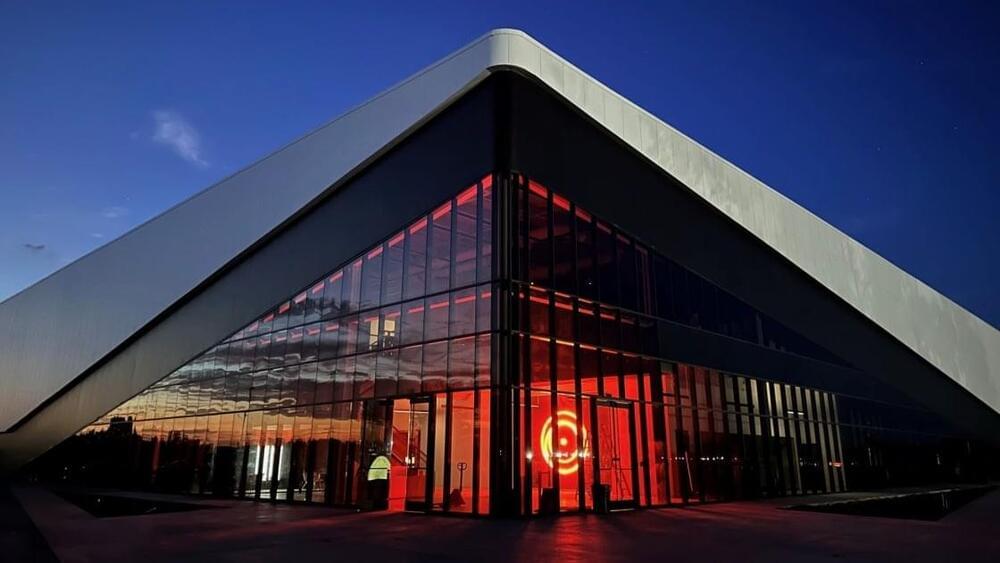

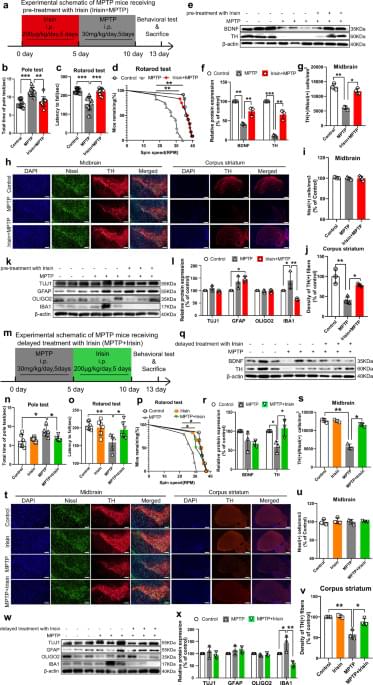
Year 2023 once again nad helps even in Parkinson’s being a neuroprotective for the mitochondria.
Zhang, X., Xu, S., Hu, Y. et al. Irisin exhibits neuroprotection by preventing mitochondrial damage in Parkinson’s disease. npj Parkinsons Dis. 9, 13 (2023). https://doi.org/10.1038/s41531-023-00453-9
A Spain-based startup has successfully demonstrated the capability of its graphene-based brain-computer interface (BCI) to perform precise tumor surgery.
INBRAIN Neuroelectronics, a company specializing in brain-computer interface therapies, successfully implanted its cortical interface in a human patient.
As per the press statement, this is the “world’s first human procedure of its cortical interface in a patient undergoing brain tumor resection.”
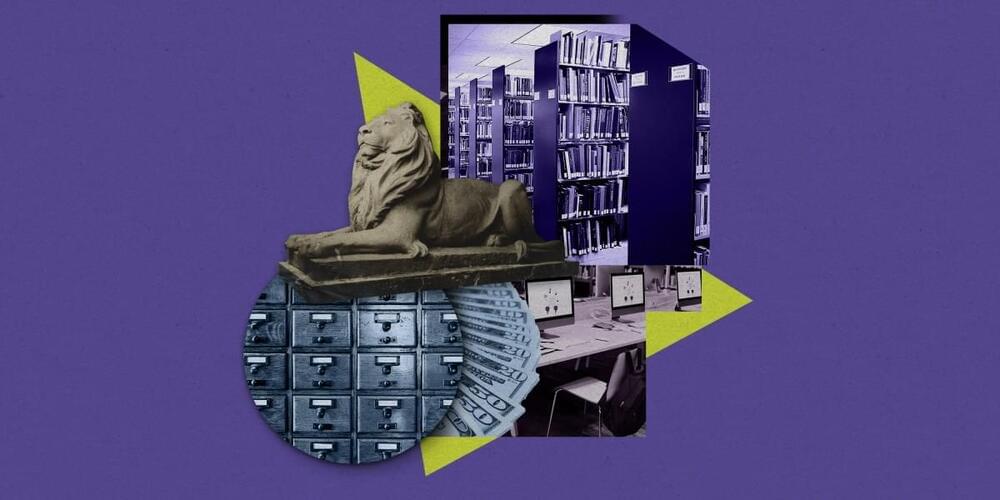
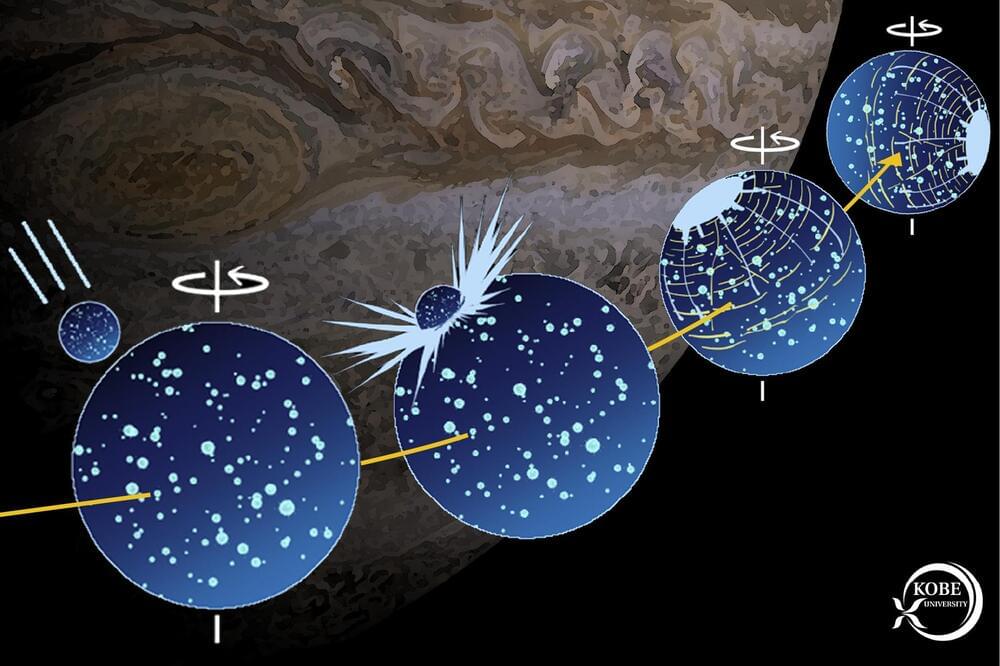
Around 4 billion years ago, an asteroid hit the Jupiter moon Ganymede. Now, a Kobe University researcher realized that the Solar System’s biggest moon’s axis has shifted as a result of the impact, which confirmed that the asteroid was around 20 times larger than the one that ended the age of the dinosaurs on Earth, and caused one of the biggest impacts with clear traces in the Solar System.
Ganymede is the largest moon in the Solar System, bigger even than the planet Mercury, and is also interesting for the liquid water oceans beneath its icy surface. Like the Earth’s moon, it is tidally locked, meaning that it always shows the same side to the planet it is orbiting and thus also has a far side. On large parts of its surface, the moon is covered by furrows that form concentric circles around one specific spot, which led researchers in the 1980s to conclude that they are the results of a major impact event. “The Jupiter moons Io, Europa, Ganymede and Callisto all have interesting individual characteristics, but the one that caught my attention was these furrows on Ganymede,” says the Kobe University planetologist HIRATA Naoyuki. He continues, “We know that this feature was created by an asteroid impact about 4 billion years ago, but we were unsure how big this impact was and what effect it had on the moon.”
Data from the remote object is scarce making research very difficult, and so Hirata was the first to realize that the purported location of the impact is almost precisely on the meridian farthest away from Jupiter. Drawing from similarities with an impact event on Pluto that caused the dwarf planet’s rotational axis to shift and that we learned about through the New Horizons space probe, this implied that Ganymede, too, had undergone such a reorientation. Hirata is a specialist in simulating impact events on moons and asteroids, so this realization allowed him to calculate what kind of impact could have caused this reorientation to happen.
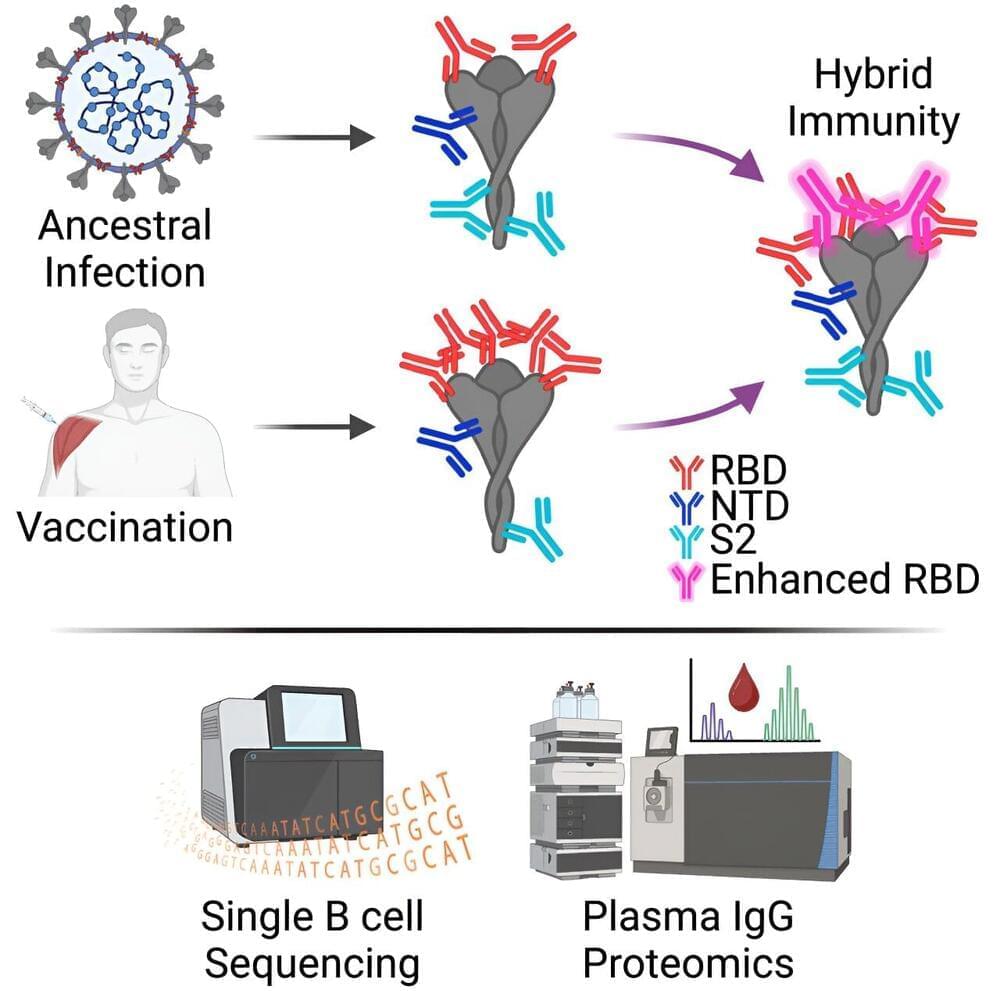
Researchers have discovered an antibody able to neutralize all known variants of SARS-CoV-2, the virus that causes COVID-19, as well as distantly related SARS-like coronaviruses that infect other animals.
As part of a new study on hybrid immunity to the virus, the large, multi-institution research team led by The University of Texas at Austin discovered and isolated a broadly neutralizing plasma antibody, called SC27, from a single patient. Using technology developed over several years of research into antibody response, the team led by UT engineers and scientists obtained the exact molecular sequence of the antibody, opening the possibility of manufacturing it on a larger scale for future treatments.
“The discovery of SC27, and other antibodies like it in the future, will help us better protect the population against current and future COVID variants,” said Jason Lavinder, a research assistant professor in the Cockrell School of Engineering’s McKetta Department of Chemical Engineering and one of the leaders of the new research, which was recently published in Cell Reports Medicine.
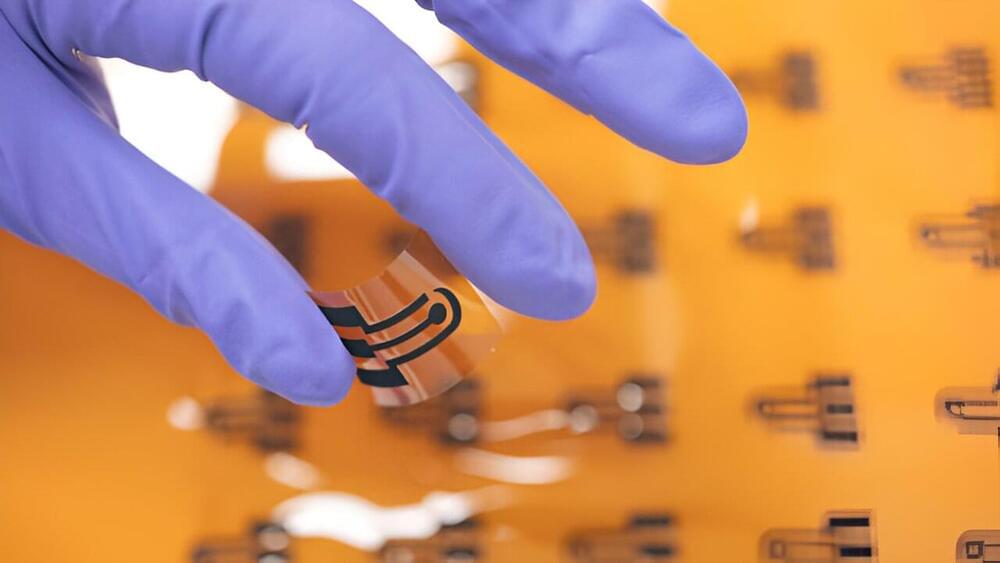
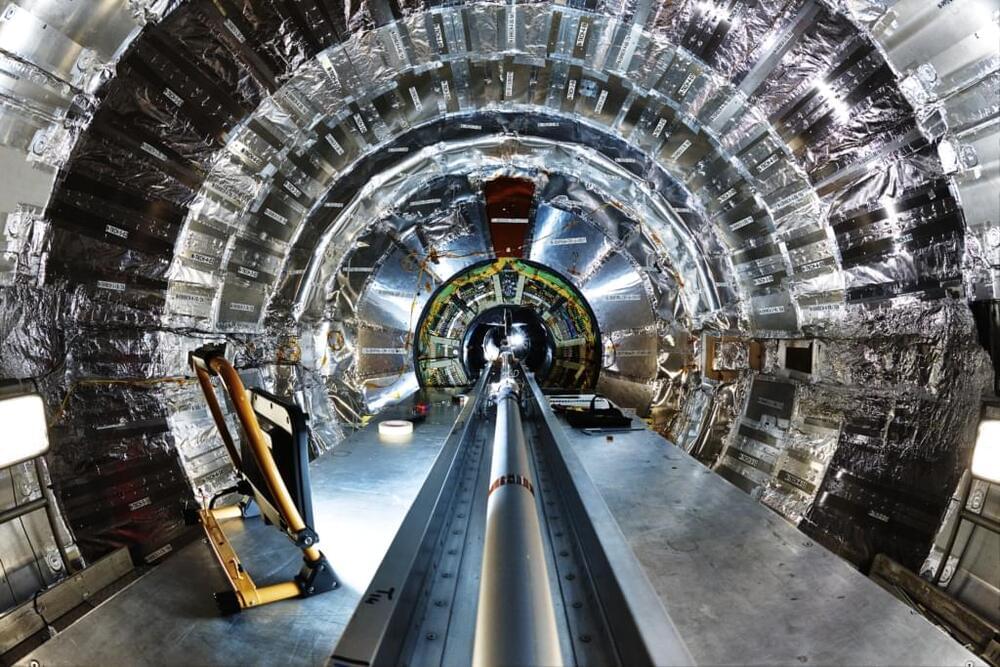
In the Large Hadron Collider (LHC), counter-rotating beams of protons travel in separate chambers under high vacuum to avoid scattering with gas molecules.
By insourcing beryllium beam-pipe production, CERN will gain direct control of the manufacturing process, allowing stricter quality assurance and greater flexibility to meet changing experimental requirements. The new facility will include several spaces to perform metallurgical analysis, machining of components, surface treatments, final assembly by electron-beam welding, and quality control steps such as metrology and non-destructive tests. As soon as beryllium beampipes are fabricated, they will follow the usual steps for ultra-high vacuum conditioning that are already available in CERN’s facilities. These include helium leak tests, non-evaporable-getter thin-film coatings, the installation of bakeout equipment, and final vacuum assessments.
Once the new workshop is operational, the validation of the different manufacturing processes will continue until mid-2026. Production will then begin for new beam pipes for the ALICE, ATLAS and CMS experiments in time for the HL-LHC, as each experiment will replace their pixel tracker – the sub-detector closest to the beam – and therefore require a new vacuum chamber. With stricter manufacturing requirements, never accomplishment before now, and a conical section designed to maximise transparency in the forward regions where particles pass through at smaller angles, ALICE’s vacuum chamber will pose a particular challenge. Together totalling 21 m in length, the first three beam pipes to be constructed at CERN will be installed in the detectors during the LHC’s Long Shutdown 3 from 2027 to 2028.
By bringing beam-pipe production in-house, CERN will acquire unique expertise that will be useful not only for the HL-LHC experiments, but also for future projects and other accelerators around the world, and preserve a fundamental technology for experimental beam pipes.
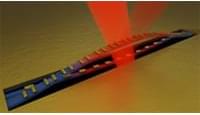
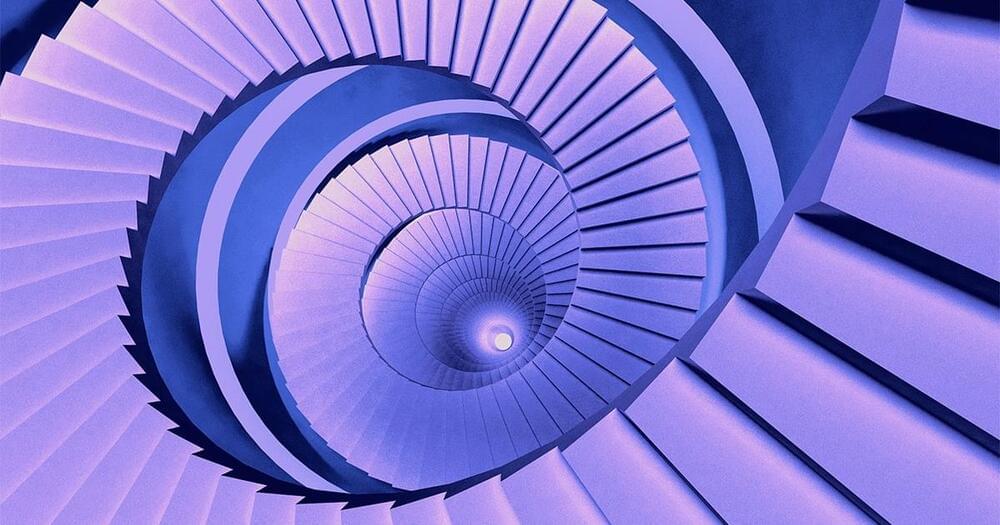
What I believe is that symmetry follows everything even mathematics but what explains it is the Fibonacci equation because it seems to show the grand design of everything much like physics has I believe the final parameter of the quantified parameter of infinity.
Recent explorations of unique geometric worlds reveal perplexing patterns, including the Fibonacci sequence and the golden ratio.